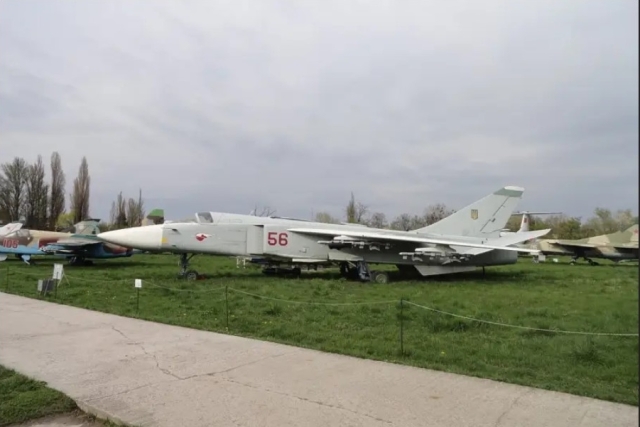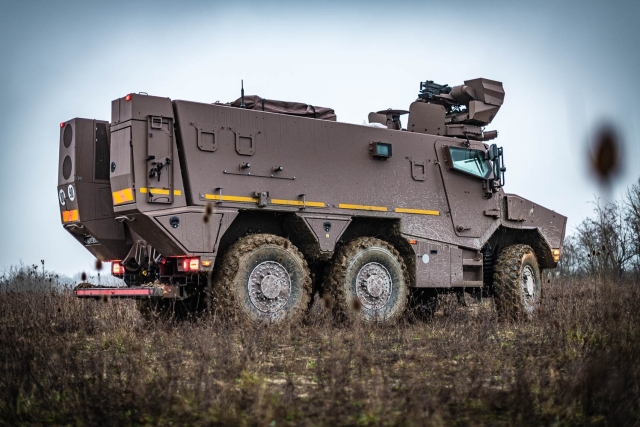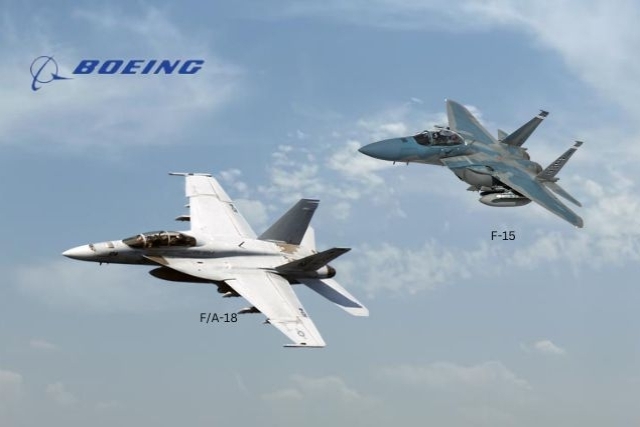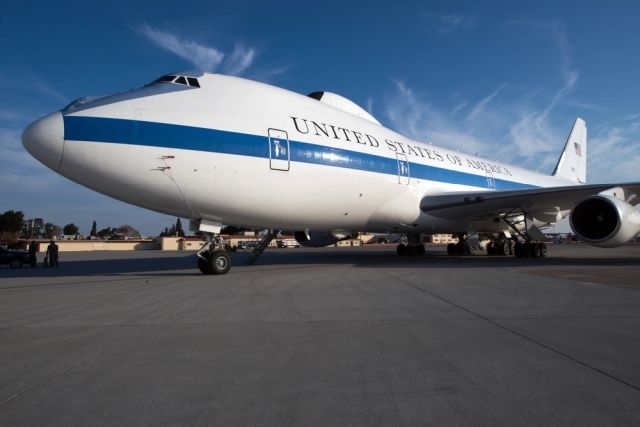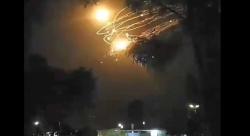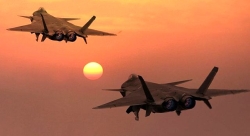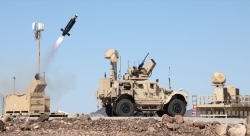Russia To Get New Air Defense System For Detecting Missiles At Blastoff
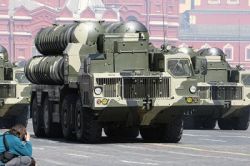
Russia is getting a new defense system which will ensure guaranteed detection of enemy ballistic and long-range cruise missiles at blastoff, a top military official said Tuesday.
The officials said the system would feature advanced information-gathering, data-processing and attack capabilities with an early-warning radar system to be deployed along the entire Russian border.
The other measures will include the modernization of existing surface-to-air missile systems and the provision of advanced S-400 and S-500 air defense systems, “capable of reliably protecting critical installations against air and missile attacks,” according to reports.
Priority in the organizational development of Russia’s armed forces through 2020 will be given to the strategic nuclear forces and the aerospace defense system.
Russia’s Strategic Missile Forces will continue to be equipped with advanced Yars ballistic missile systems featuring higher capabilities in overriding enemy missile defense systems, the officials said.
In mid-June, Russia’s prototype medium-range air defense system that should replace the S-300 was demonstrated to President Vladimir Putin. The Vityaz system, manufactured by the Almaz-Antei corporation, which will have a more advanced radar and a launcher with 16 missiles, compared with only four on the S-300, should enter service next year, Almaz-Antei chief designer Igor Ashurbeili previously said in an interview.
The Vityaz will complement the Morfey, S-400 and S-500 air defense systems in Russia’s future aerospace defense network to engage targets at ranges from five to 400 kilometers, and at altitudes from five meters to near outer space.
In late May, Russia’s Aerospace Defense Forces conducted a series of snap drills that checked the combat readiness of aerospace defense units, air force units and air defenses in the Western Military District, as well as military transport and long-range aviation command. The exercises involved 8,700 people, 185 aircraft and 240 military vehicles.
